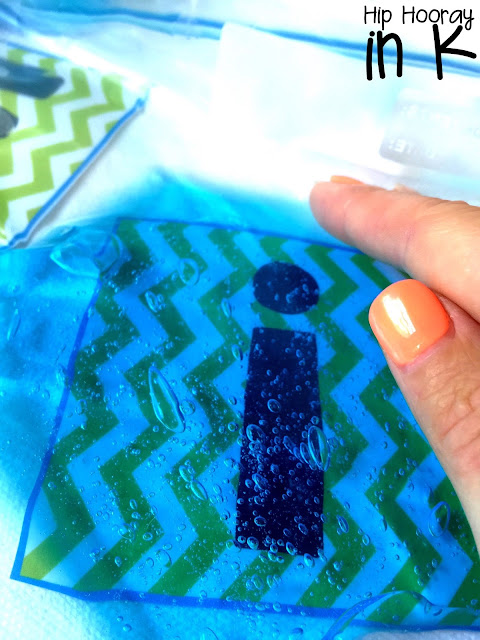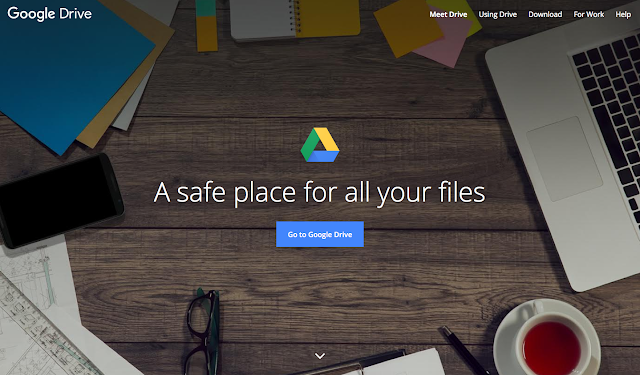Their innate ability to imagine, believe, create, learn, and create teaches us many things, so why don't we grow those abilities? Why don't we let our kids LAUNCH themselves?
The D100 book study has been diving into design thinking with our Launch (John Spencer and A.J. Juliani) book study, so in case you missed some of the previous weeks, just hover your mouse over this graphic, click, and get caught up!

As for this week, we are diving into Phase 4 of the LAUNCH cycle: Navigating Ideas. In order to get to phase four, students need to have a rock solid understanding of all the information surrounding the problem they want to solve so that they can figure out the next steps. This is the planning phase. Taking it from broad to specific and managable.
Ideas > Problem > Reseach > Info > Plan .... Create > LAUNCH!
Launch has these for brainstorming:
- Kids brainstorm isolation FIRST to avoid group think, then in group/s.
- There are NO dumb ideas!
- Round robin brainstorming so everyone gets a chance, document ideas.
- Be clear in the specific topic
- Be intentional about the space so all participants are present, have norms.
- Have breaks for reflection
- Have a leader to document ideas
- Rotate groups so all ideas are heard
- Have multiple visuals
- NO timers! Let it be organic!
We want our kids to be divergent thinkers in these brainstorm sessions - meaning they think of options and and solutions in a different way. They present challenges and questions and find connections where they make not be apparent.
You know that quote? "Well behaved women rarely make history?" Divergent thinkers make history, they swim upstream and don't always follow the directions - they think for themselves. Which is EXACTLY what we want in design thinking!
Don't get me wrong, we want teammates and powerful, well run partnerships. But, innovation requires thinking OUTSIDE the box!
After a really great brainstorm, next up is: Choosing an Idea
It's time to evaulate which brainstorming ideas would work and why - narrowing the ideas down.
First, students need to add details - where are the holes in the original potential ideas? Next, students need to consolidate ideas. In the third step, students will have to establish a criteria under which thier ideas will work. Then they will narrow down the best ideas, and last choose an idea!
Once an idea is settled our our little creators will want to start making, building, and creating - but wait! Before anything is made, we need to make sure we have all the PARTS:
The PARTS framework is essential in the LAUNCH process.
"When students and teachers collaborate to navigate ideas, the product becomes much more than one person's accomplishment. This togetherness takes group work to a new level and when an idea successful, the experience is meaningful to everyone involved" (Spencer & Julian).
All our students are natural creators, but using the LAUNCH process and ideas presented in the book, we can help bring out the individuality of each of our students to create products, solve problems, and be change makers in our world. Let's facilitate meaning-making and empower our students to think deeper, and LAUNCH further!
Next up in the our #Launchbook study, Miss G Does 5th will be diving into the creating process. Check our #D100BloggerPD for more!
























































